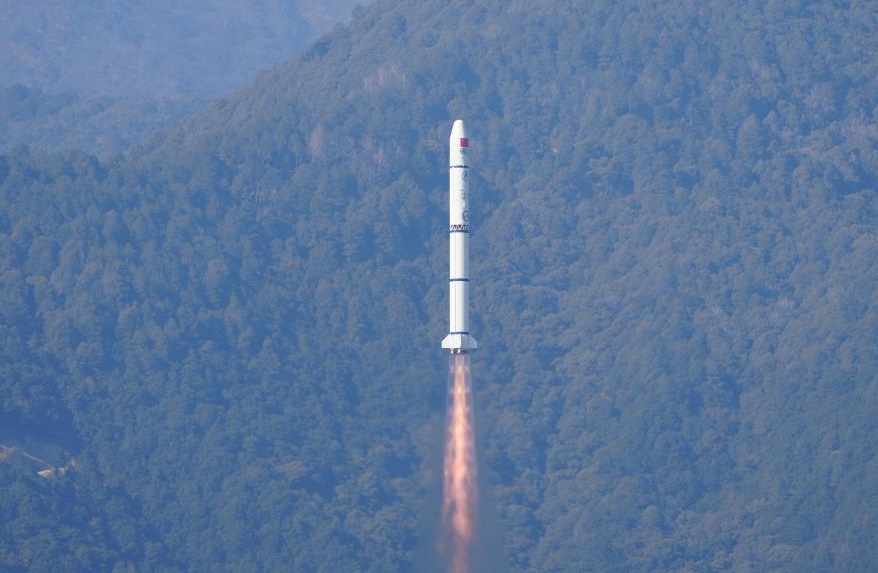On Tuesday afternoon, China launched a cutting-edge orbital telescope in an attempt to capture traces of fleeting phenomena and provide scientists with a better understanding of black holes.
The Einstein probe is a space-based X-ray telescope launched by the Long March 2C carrier rocket from the Xichang Satellite Launch Center in southwestern Sichuan Province, China at 3:03 pm, and then sent into low Earth orbit.
It is the latest space science satellite developed by the Chinese Academy of Sciences following the "Mozi" quantum science satellite, the "Wukong" dark matter particle detector, the "Insight" hard X-ray modulation telescope and several other spacecraft.
The National Astronomical Observatory of the Chinese Academy of Sciences said that the Einstein detector is committed to time-domain high-energy astrophysics and multi messenger astronomy. The satellite has two payloads: a wide field X-ray telescope and a subsequent X-ray telescope.
Its main goal is to discover and characterize cosmic X-ray transients, especially a large number of weak, distant, and rare X-ray transients; Discovering and characterizing X-ray bursts of normal dormant black holes; And search for X-ray sources related to gravitational wave events and accurately locate them.
The Observatory stated that this mission will address some key issues in astrophysics and cosmology, such as the universality and formation and evolution of massive black holes in the universe, the astrophysical origins and potential processes of gravitational wave events, and the origin and processes of supernovae.
The European Space Agency and the Max Planck Institute for Extraterrestrial Physics in Germany participated in the project.
The European Space Agency provides support for testing and calibrating detectors and optical components for wide field X-ray telescopes, as well as assisting in the development and testing of subsequent X-ray telescope mirror components and electronic splitters.
European institutions have stated that their ground stations will be used throughout the mission to assist in downloading data from spacecraft.
The Max Planck Institute for Extraterrestrial Physics provided some components and testing facilities for the project.
